When it comes to trying to bag up on bream, it's difficult to know what the best bait to use is. Wonder no more as we have gone to bait expert Dr Paul Garner to find out what the best bait is when it comes to bream fishing.
On a natural river or gravel pit, 100lb of fish averaging 4lb is my benchmark for a seriously good session. My tactics are nothing revolutionary, but I do make a few tweaks that make a significant difference to my results.
THE CENTRE OF ATTRACTION
Bream are big fish that make a lot of wake as they move around – this can send groundbait and pellets in all directions. Rarely will a Method feeder deposit a neat pile of feed next to the hookbait, except if a fish cruises in and picks it up immediately. How far the bait spreads out and how long this takes depends on the number of bream in the swim.
To combat this I pack some of the bait tightly on to the feeder and either leave the hookbait hanging free, or load it right on the outside of the feeder. Try it – your catches are sure to improve.
HOOKBAIT CHOICE
Boilies and pellets seem to be becoming just as high up the menu for bream as they are for carp, but these baits are not always my immediate choice. Sweetcorn is another very effective bream bait – and underused at that.
With care, the classic combination of corn and a dendrobaena worm can be effective, but take care if you are fishing at range, as the shock of the feeder hitting the water can dislodge even these tough worms.
A bunch of dead maggots is another useful alternative. I prefer red, as they stand out less well, making them less vulnerable to the attentions of silver fish.
Four dead maggots on a size 12 hook is a formidable bream bait, especially when the water is clearer than I would like.
I keep pellet hookbaits relatively small for bream. An 8mm pellet is about right, even for big slabs. Only when I’m targeting double-figure fish will I go bigger than this, as I feel I miss fewer bites on the smaller baits.
Boilies follow a similar rule. An 8mm or 10mm bait is ideal for bream, preferably a wafter, as I am sure that I hook more fish on these semi-buoyant baits.
The flavour of the boilie is almost irrelevant, as I will be boosting it anyway and this will mask the locked-in smell.
BREAM FEEDS
Pellets revolutionised bream fishing and today it would be difficult to think about not using these fishmeal-based baits.
Within reason, the more oily the pellets, the more bream will be attracted to them. Halibuts are perfect, but expensive to use on their own, so if I want to prebait, for example, I will use them in combination with cheaper baits, such as corn and flaked maize.
A spod is the bream angler’s best friend when fishing at range. If you clip up at the same distance as the rods that are actually fishing it’s easy to hit the spot every time, giving you a precisely controlled bed of bait. A spread of bait can be achieved in just 10 minutes, and it’s far more accurate than using a catapult. A bag of pellets and two tins of corn will be plenty for a day session or overnighter, as this will be topped up with bait from around the feeder.
Plain brown crumb is the ideal base for groundbaits, especially if you combine it with liquid molasses to produce a classic bream combination. I like to use a 50-50 mix of crumb and a fishmeal-based groundbait such as Sensas Crazy Bait Gold, Dynamite Marine, or Sonubaits Supercrush.
STICKY SWEET FEED PELLETS
Combining savoury fishmeals with sickly-sweet liquids might seem strange, but bream love the unlikely mix. I guess that the sweetness takes the edge off the bitter taste that many pellets have, especially those that are high in oil. This combination creates a potent feed pellet, ideal for spodding out or using on a Method feeder.
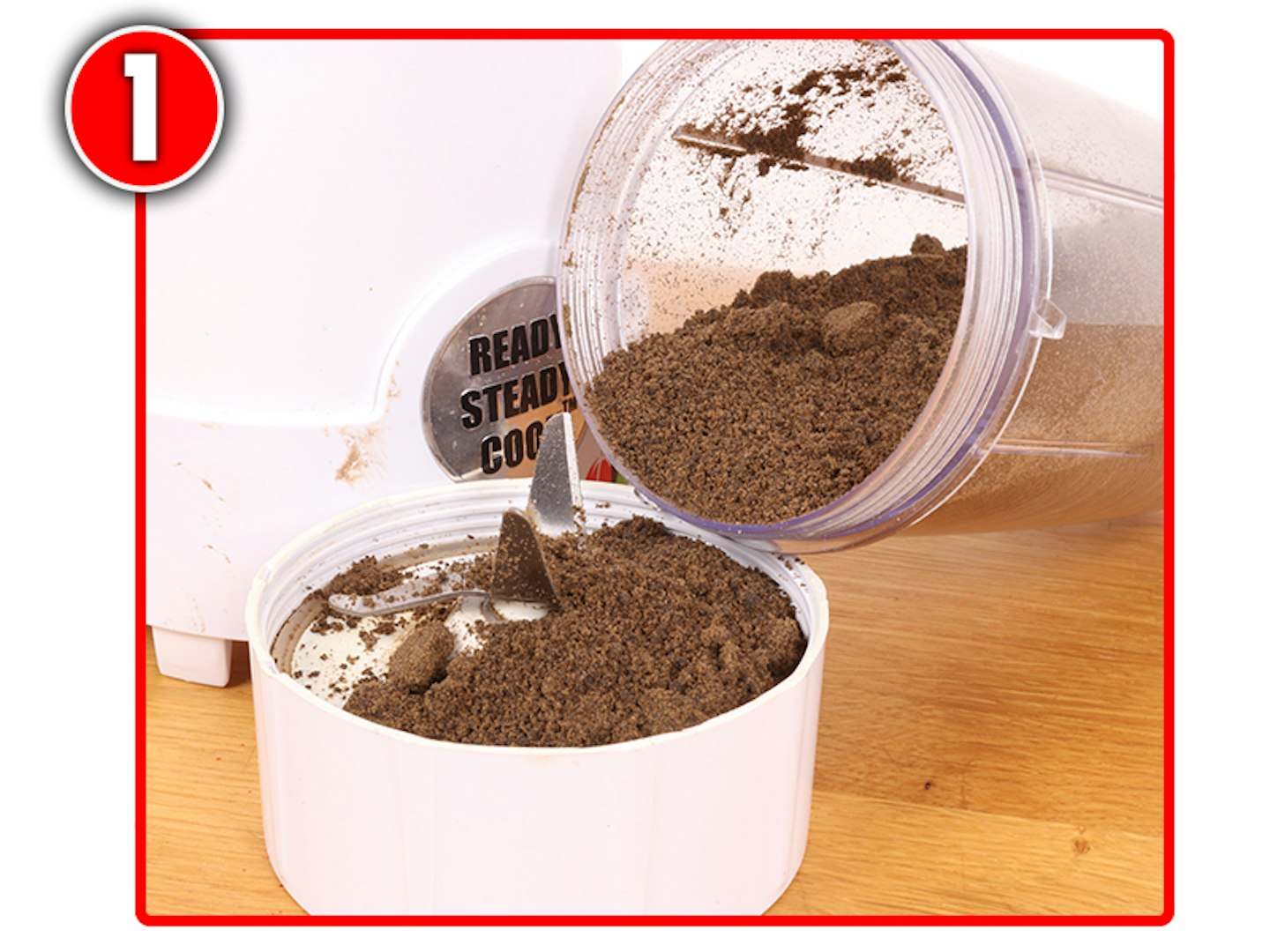
Use a coffee grinder to reduce a couple of handfuls of 6mm feed pellets to a coarse powder.
.jpg?auto=format&w=1440&q=80)
Add two tablespoonfuls of demerara sugar to the pellet powder and mix well.
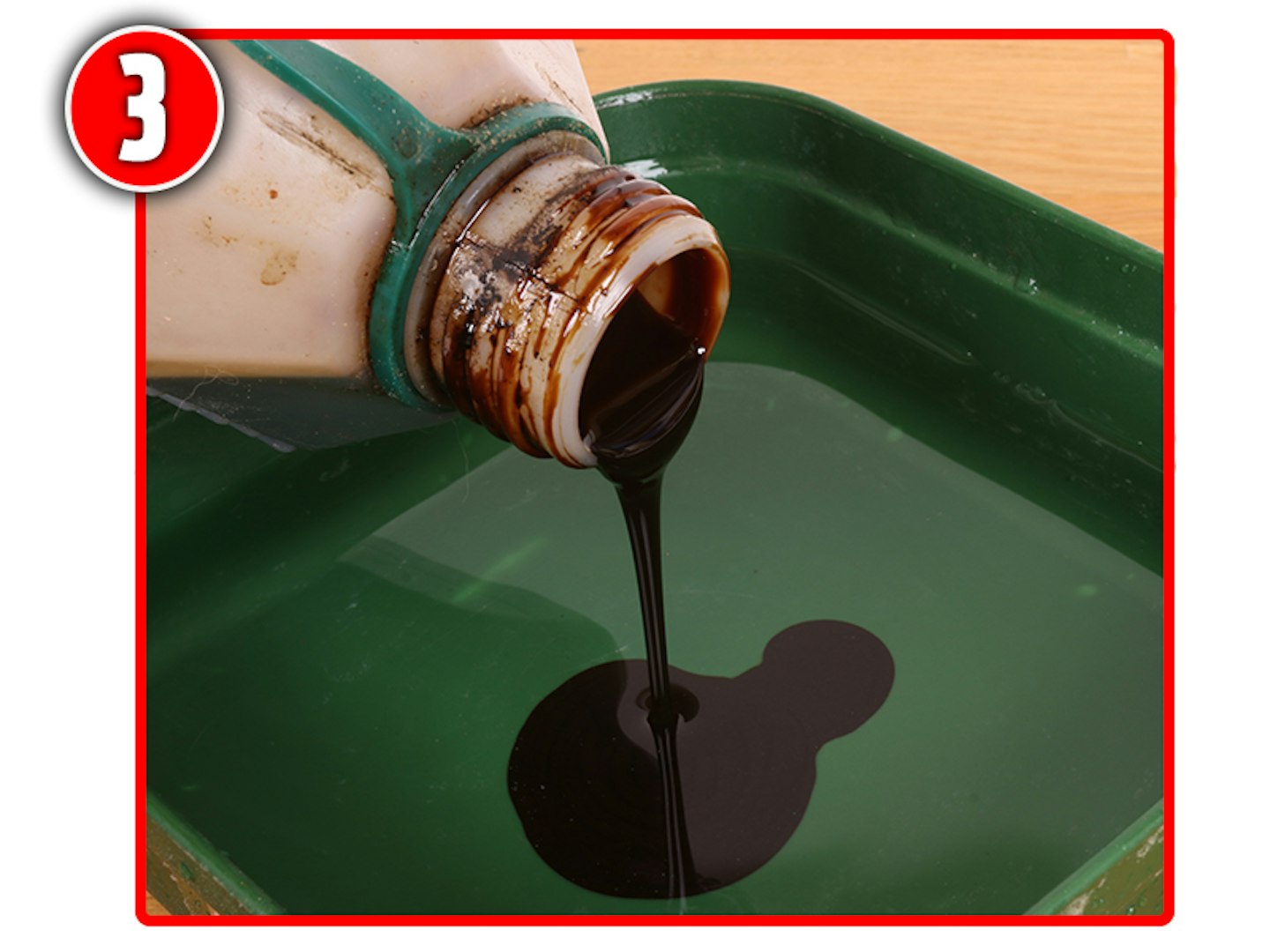
Step3.jpg
Dissolve two tablespoonfuls of liquid molasses in a pint of lukewarm water.
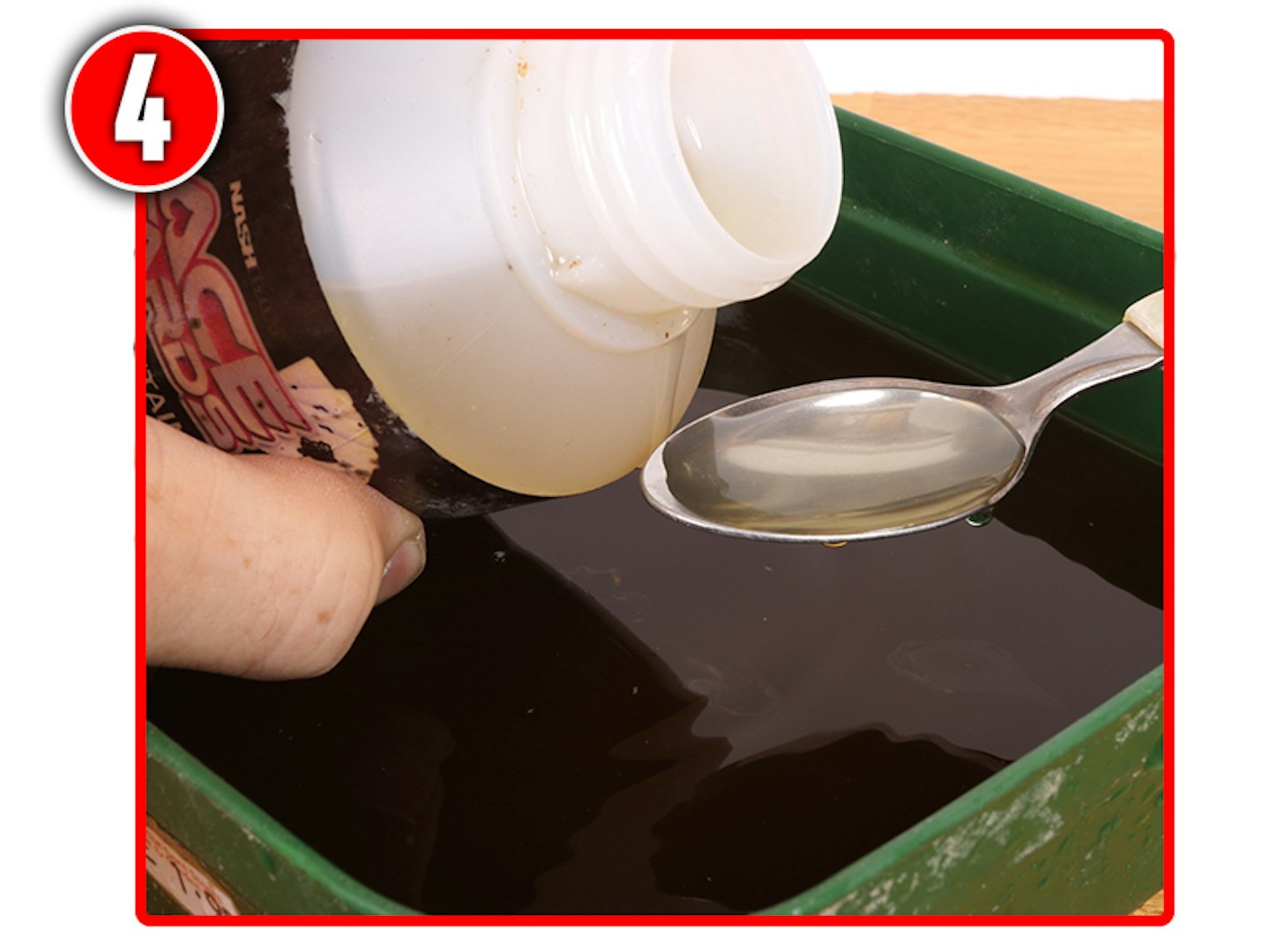
Add a teaspoonful of liquid betaine to the water. Bream love the stuff!
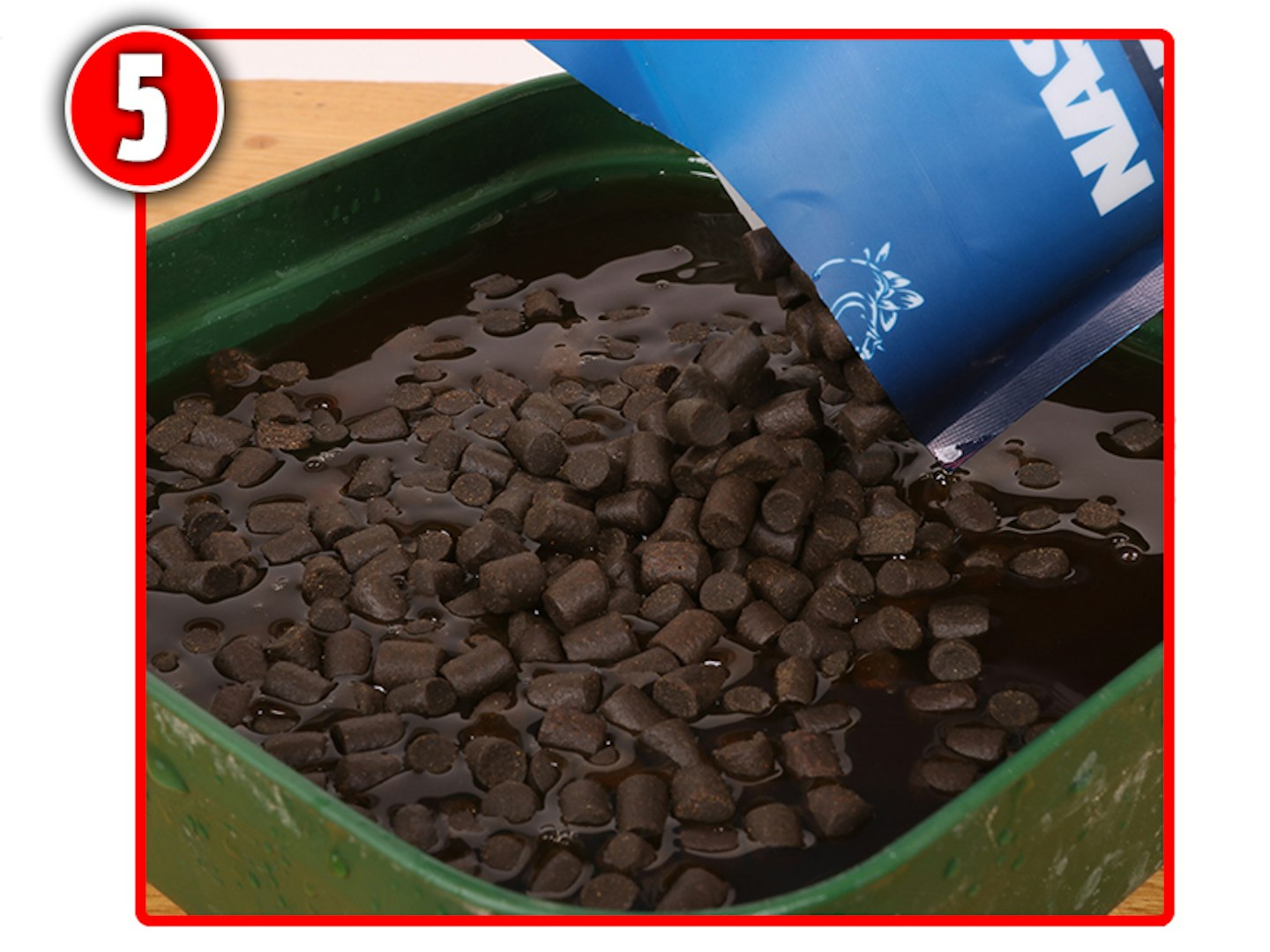
Soak a bag of 6mm feed pellets in the liquid for six minutes, then pour off any excess water.
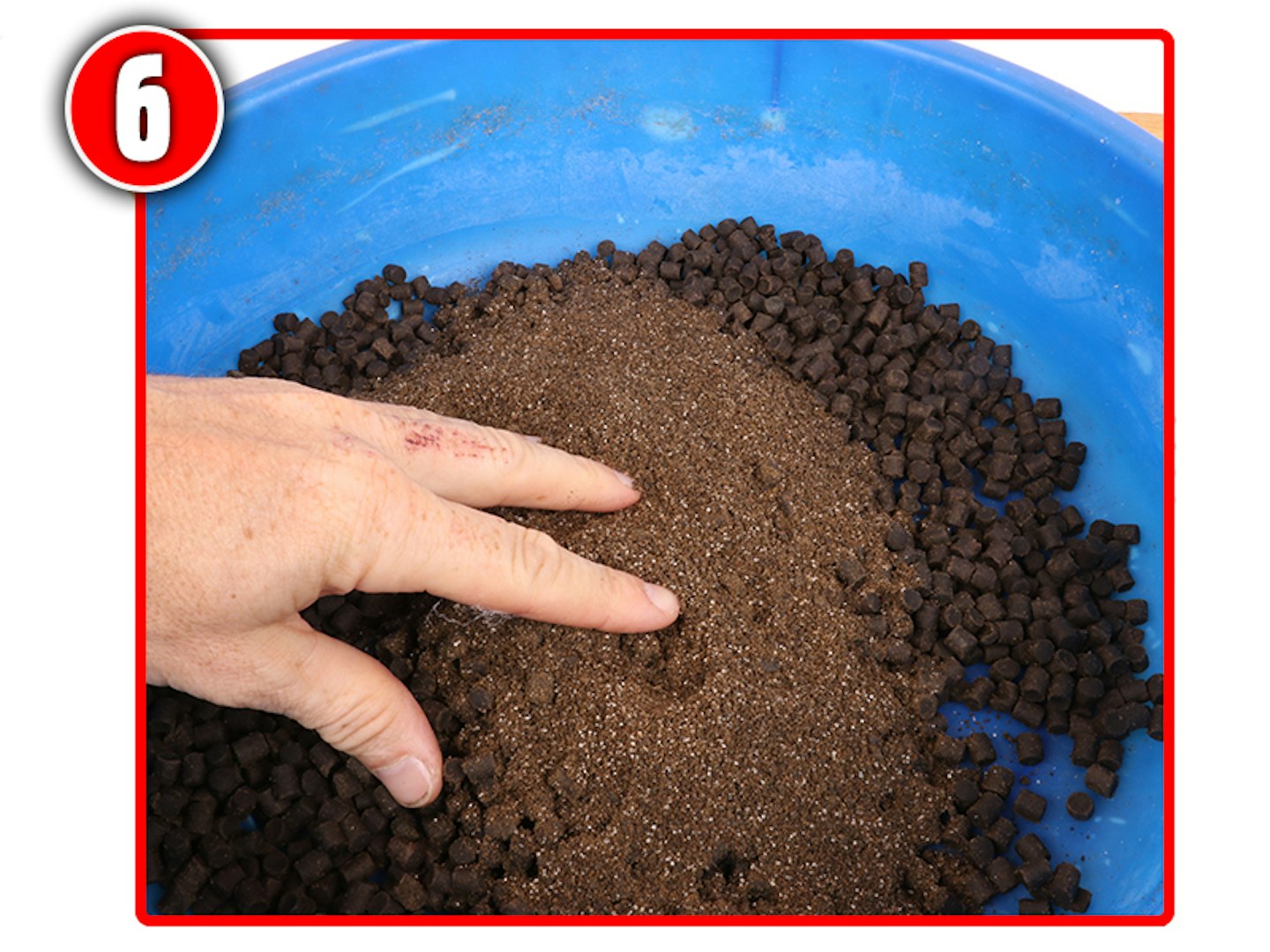
Add the powder mix to the damp pellets and shake to evenly coat the pellets in the powder.
